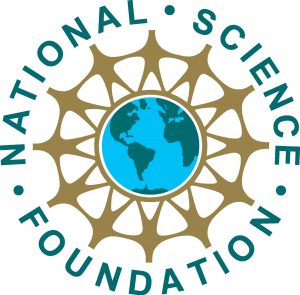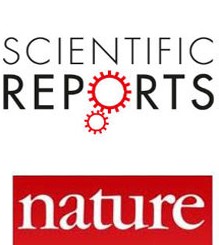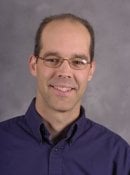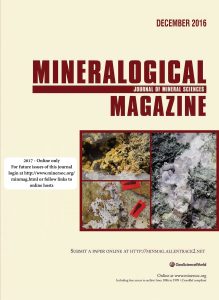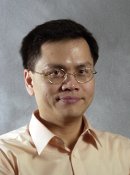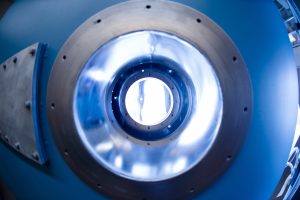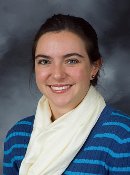 Physics student Teresa Wilson placed 2nd in the Oral Presentation Competition. Below is a complete list of winners.
Physics student Teresa Wilson placed 2nd in the Oral Presentation Competition. Below is a complete list of winners.
The 2017 Graduate Research Colloquium (GRC) was held on February 15-16 in the Memorial Union Ballroom. There were oral and poster presentation. The banquet was held on the evening of February 16
ABC 10’s Keweenaw Bureau Reporter Rick Allen reported on the colloquium. Read more and watch the video at ABC10 UP, by Rick Allen.
Complete list of winners:
Oral Presentation Competition
- 1st Place: Kevin Sunderland, Department of Biomedical Engineering
- 2nd Place: Teresa Wilson, Department of Physics
- 3rd Place: Andrew Chapp, Department of Kinesiology and Integrative Physiology
- Most Attended: Muraleekrishnan Menon, Department of Mechanical Engineering – Engineering Mechanics
- Most Attended: Niranjan Miganakallu, Department of Mechanical Engineering – Engineering Mechanics
Poster Presentation Competition
- 1st Place: Matthew Kilgas, Department of Kinesiology and Integrative Physiology
- 2nd Place: Brian Page, Department of Mechanical Engineering – Engineering Mechanics
- 3rd Place: Zichen Qian, Department of Biomedical Engineering
- People’s Choice: Mugdha Priyadarshini, Department of Civil and Environmental Engineering
Graduate Student Service Awards
- Gorkem Asilioglu, Department of Computer Science
- Hossein Tavakoli, Department of Civil and Environmental Engineering
- Kate Glodowski, Department of Kinesiology and Integrative Physiology
- Erin Pischke, Department of Social Sciences
The GRC is held each year by the Graduate Student Government at Michigan Tech.
